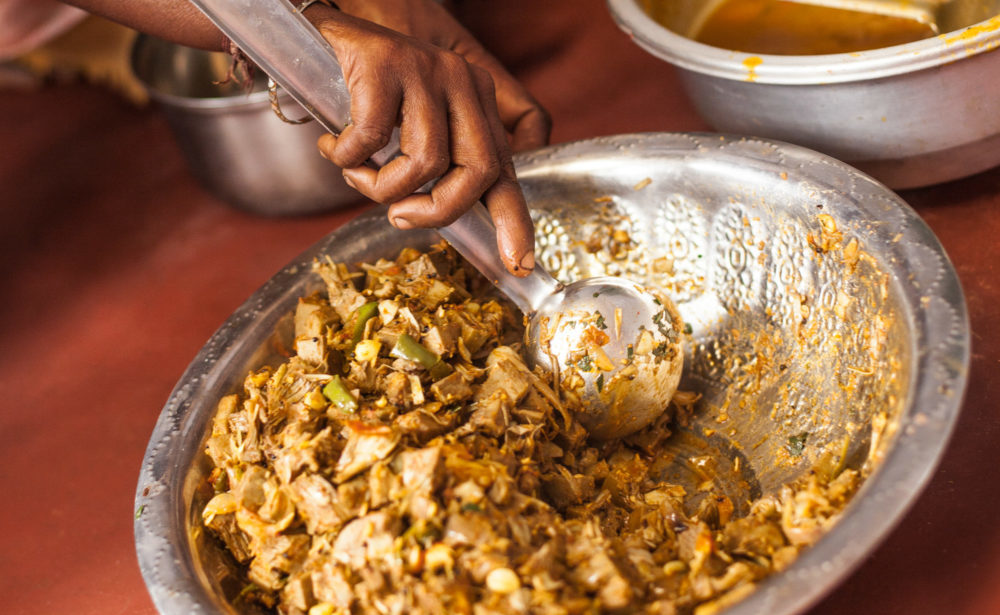We wanted to share some of our enjoyment of the cuisine through this brief exploration of some indigenous dishes from the Nilgiris. Many of these will have ancient roots. Others are clever culinary innovations that are still tied to local and seasonal rhythms, and may be the result of various threads of history and change. For instance, many types of produce were introduced to the Nilgiris during colonial times, including potatoes, peas, carrots, beans, brinjals and pumpkins. Some of these are known colloquially as “English vegetables”. All of these found their way into the regional cuisine and became staples. Having been cultivated for centuries, and having been proven to take well to the land and to generate more revenue streams for local farmers, they now also qualify as slow food ingredients here.
When we discussed the slow food movement – a grassroots international movement that is all about conscious cultivation and consumption – in this post we talked about how the traditional food systems of the Nilgiris are beautifully supported by the ethos of this initiative. Bringing slow food concepts together with indigenous wisdom is an intuitive and rewarding process, one that we have had the privilege to participate in through a variety of activities – from the serious aspects of helping to streamline the intricacies of supply chains to simply partaking in the fun of food festivals!











